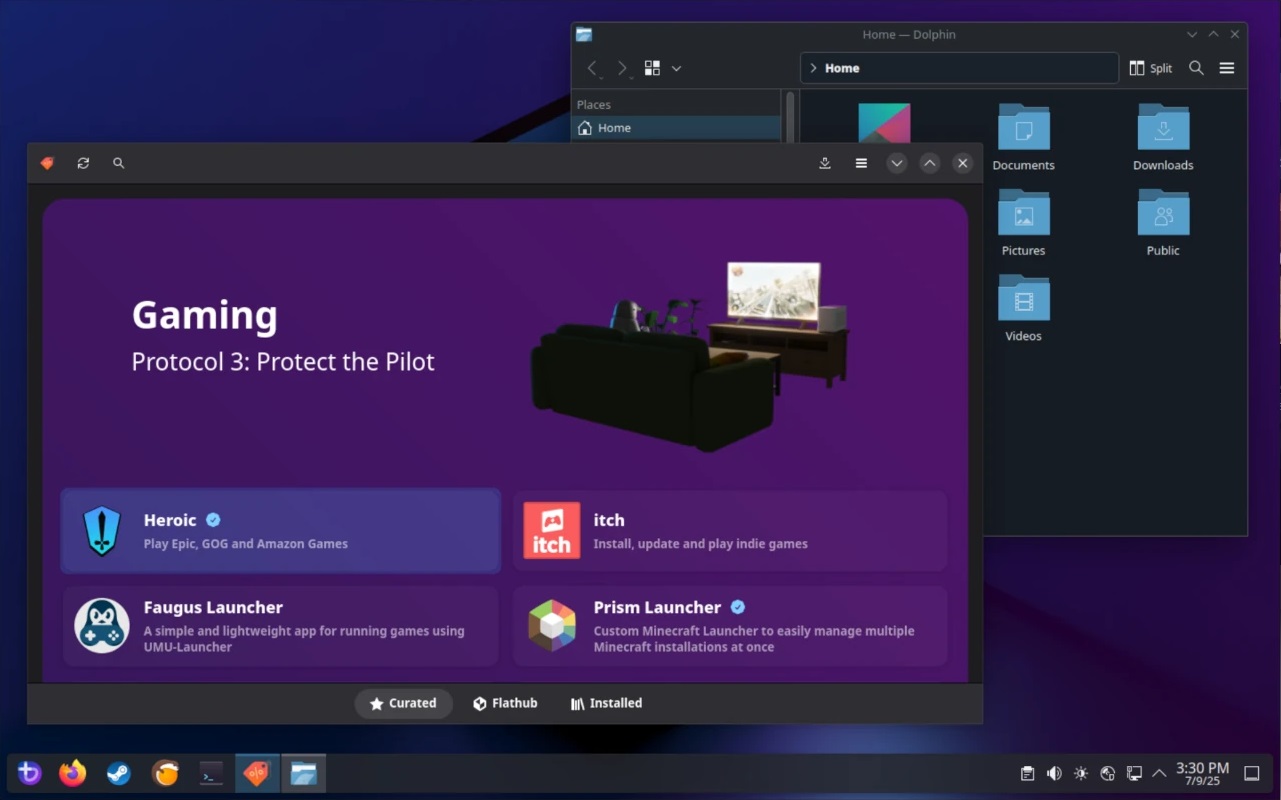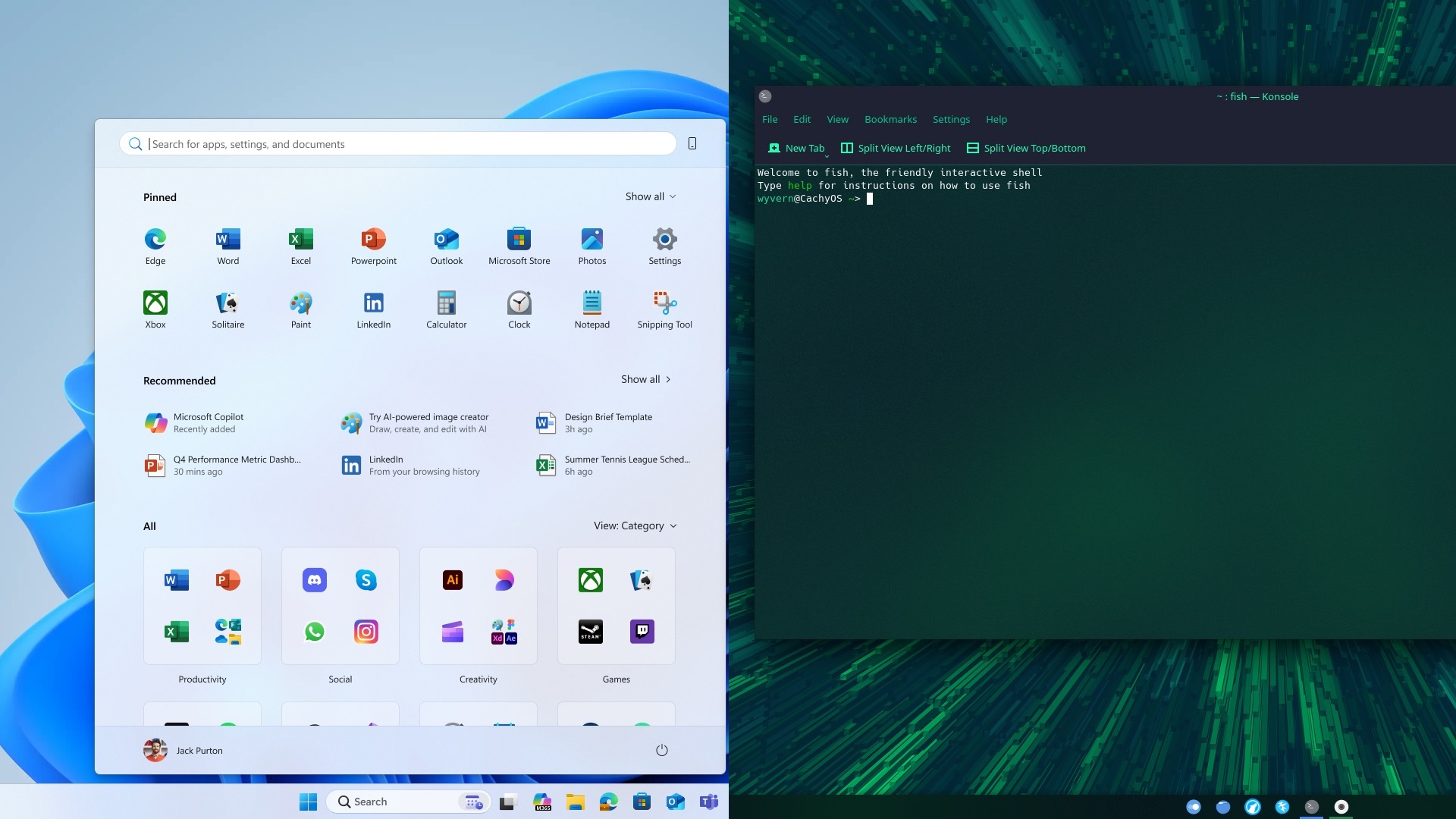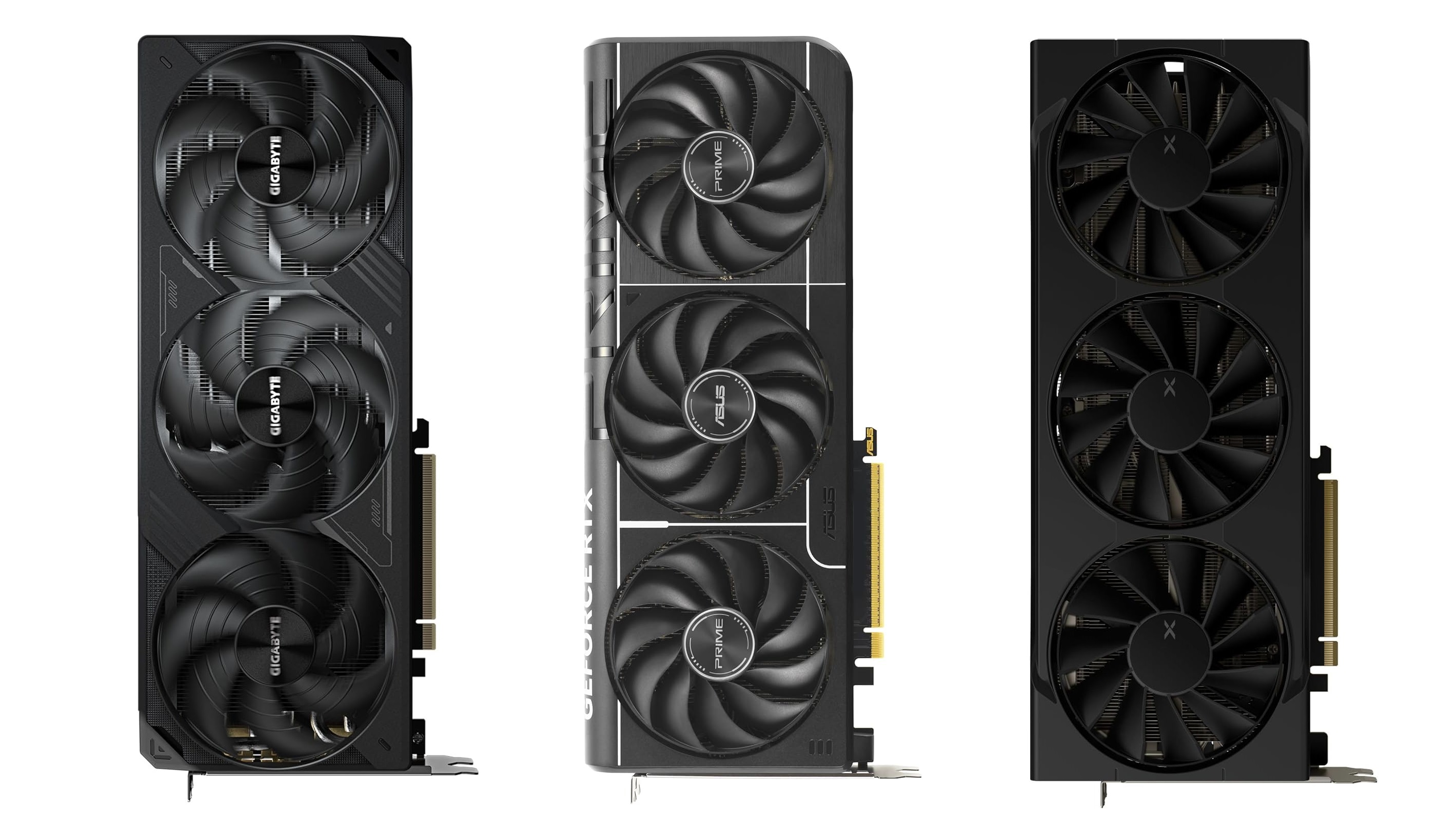Xiaomi launched its first high-performance ARM SoC called XRING O1, which is designed to deliver flagship speed like the Snapdragon 8 Elite.
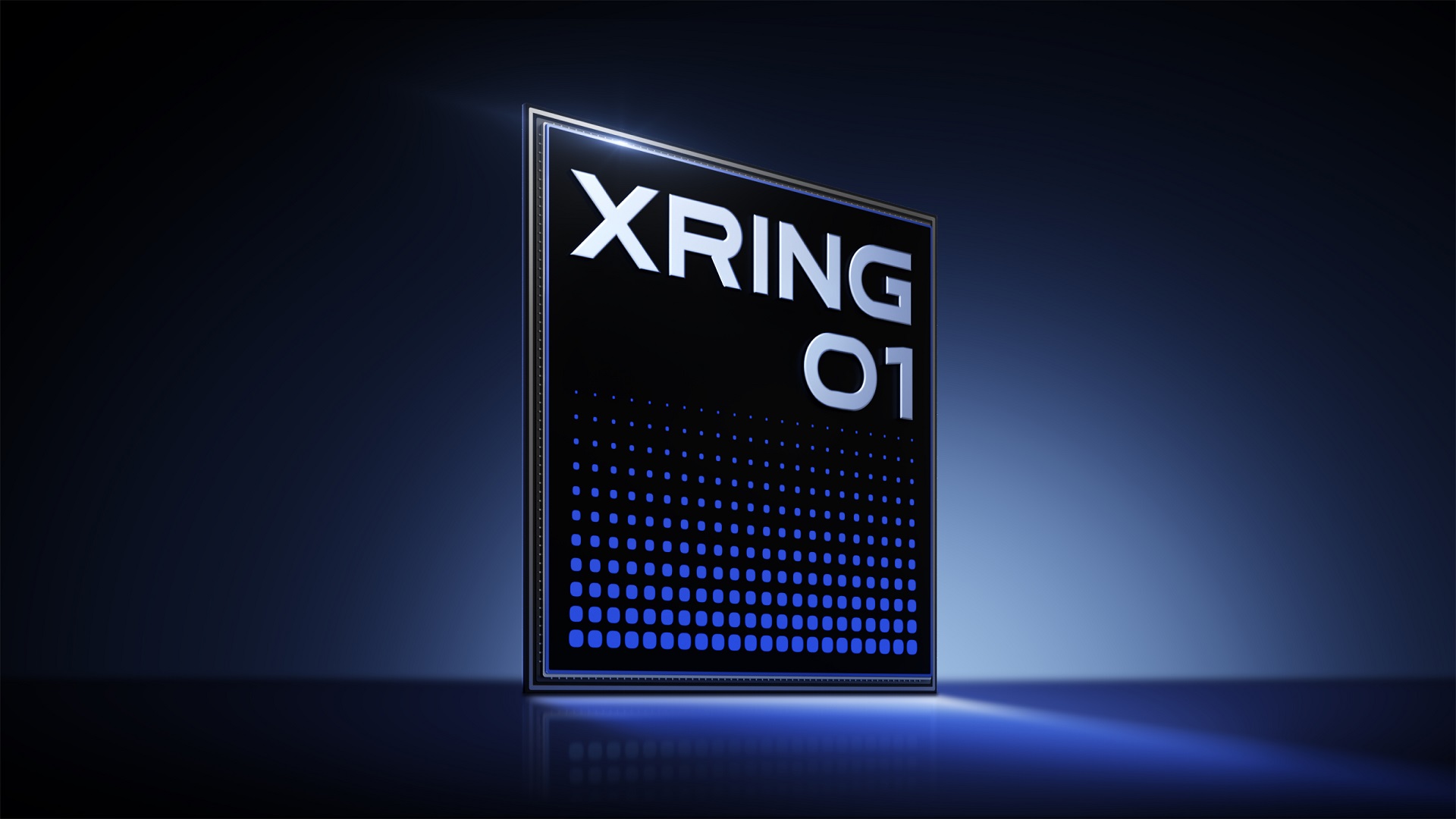
Xiaomi has been working on creating its own SoC for a long time. The company’s first SoC was called Surge S1, which was a mid-range chip that powered the Mi 5C but failed to impress users. However, Xiaomi kept trying, and it seems the company’s efforts have finally made it through. Xiaomi revealed its first high-performance ARM SoC, XRING O1, to the world at the Computex 2025 event.
In this article, we will analyze the XRING O1 SoC and explain whether it’s capable of hanging out with the big boys like the Snapdragon 8 Elite and Dimensity 9400.
Note: Some aspects of this article are subjective and reflect the writer’s opinions.
Xiaomi XRING O1 ARM SoC: Everything to know
The XRING O1 ARM SoC is built on TSMC’s second-gen 3nm node, particularly the N3E process, which allowed Xiaomi to achieve high clock speeds without increasing the power consumption too much. It consists of a 10-core CPU configuration spread out in four clusters. The first cluster has two Cortex-X925 cores at 3.90GHz, while the second cluster contains four Cortex-A725 cores at 3.4GHz.
Additionally, the third cluster contains two Cortex-A725 cores at 1.9GHz, while the fourth has two Cortex-A520 cores at 1.8GHz. The last two clusters seem quite bizarre. There was no need for A520 cores at 1.8GHz since the A725 cores were already designed at 1.9GHz. Other SoCs like the Dimesnity 9400 or 9300 didn’t include the A520 cores, which act like small cores to save power. Even the Snapdragon 8 Elite has no small cores.
However, the inclusion of the small A520 cores gave this SoC a 10-core configuration, unlike the Snapdragon 8 Elite and Dimensity 9400.
Specs
Here’s a list of specs of the Xiaomi XRING O1:
| Specifications | Xiaomi XRING O1 |
| Architecture | Armv9.2-A |
| CPU core config | 2xCortex-X925 + 4xCortex-A725 + 2xCortex-A725 + 2xCortex-A520 |
| Max clock speed | 3.90 GHz |
| GPU | Immortalis-G925 |
| L3 cache | 16MB |
| RAM support | LPDDR5T |
| Manufacturing nodes | 3nm N3E process |
Performance Target
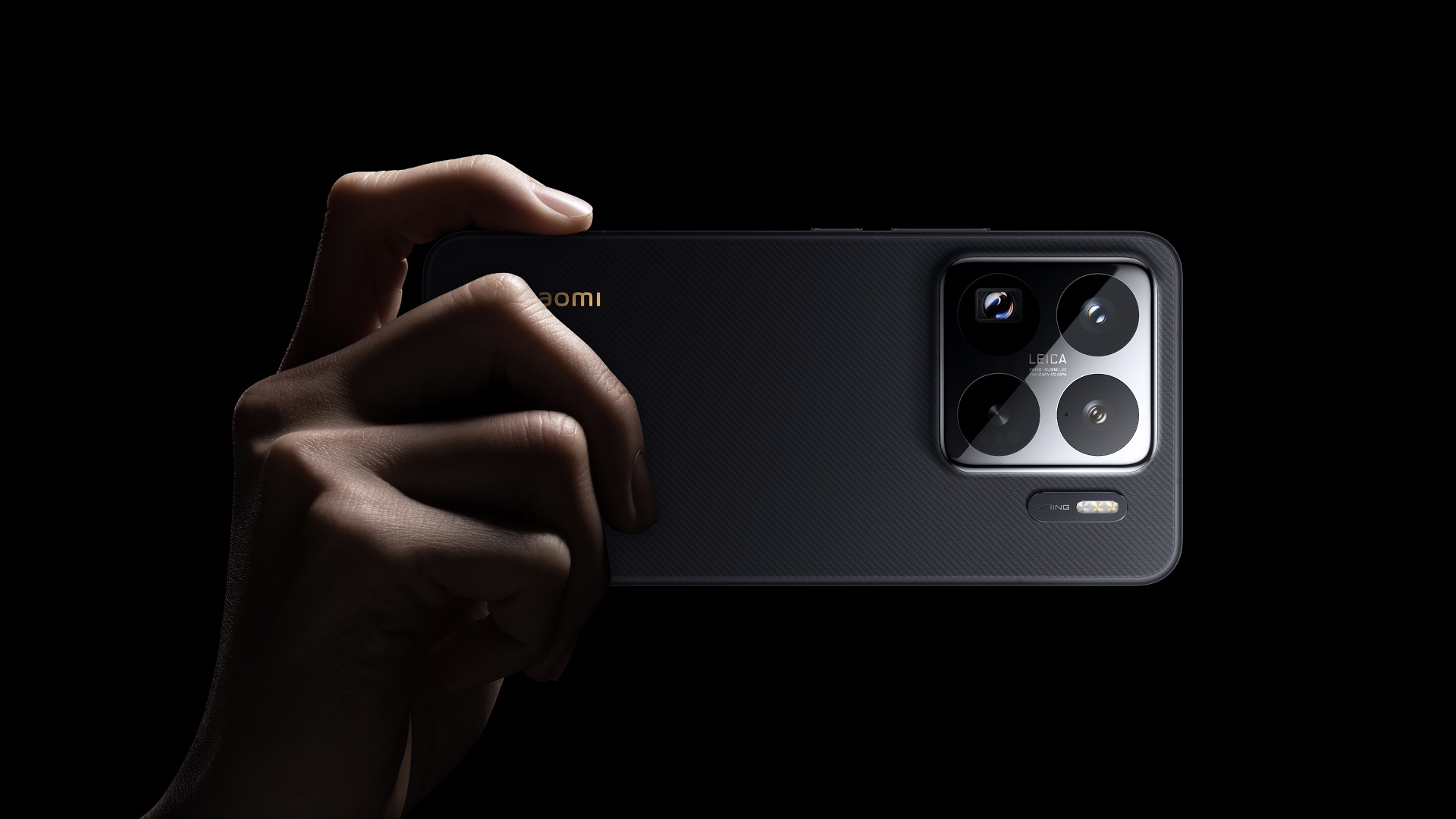
The first phone powered by the XRING O1 SoC is the Xiaomi 15S Pro, which scored 3,004,137 on AnTuTu. This is more than what the Snapdragon 8 Elite and Dimensity 9400 achieved. However, AnTuTu is not the most accurate representation of performance, so we will move on to Geekbench 6. Here are the scores of Geekbench 6:
| CPUs | Geekbench 6 Single-core | Geekbench 6 Multi-core |
| XRING O1 CPU | 3119 | 9673 |
| Snapdragon 8 Elite | 3155 | 9723 |
| Dimensity 9400 | 2874 | 8969 |
According to the Geekbench 6 results, the XRING O1 appears to be faster than the Dimensity 9400 but a tad slower than the Snapdragon 8 Elite. This is a great showing for a brand-new SoC and only speaks to its strength. Whether this translates into real-world performance is something we will learn soon when the Xiaomi 15S Pro is released worldwide.
Transistors and Die Size
The XRING O1 SoC has 19 billion transistors and a die size of 109mm², i.e., smaller than the Apple A18 Pro, Snapdragon 8 Elite, and Dimensity 9400, making it more efficient in terms of die size. A larger die means more manufacturing cost, so Xiaomi decided to save some costs by going with a smaller die.
However, a larger die allows for a bigger cache and better-optimized performance capabilities, so there are some tradeoffs. Nonetheless, we should learn more in the coming days, so stay tuned.
We provide the latest news and “How To’s” for Tech content. Meanwhile, you can check out the following articles related to PC GPUs, CPU and GPU comparisons, mobile phones, and more:
- 5 Best Air Coolers for CPUs in 2025
- ASUS TUF Gaming F16 Release Date, Specifications, Price, and More
- iPhone 16e vs iPhone SE (3rd Gen): Which One To Buy in 2025?
- Powerbeats Pro 2 vs AirPods Pro 2: Which One To Get in 2025
- RTX 5070 Ti vs. RTX 4070 Super: Specs, Price and More Compared
- Windows 11: How To Disable Lock Screen Widgets
 Reddit
Reddit
 Email
Email
